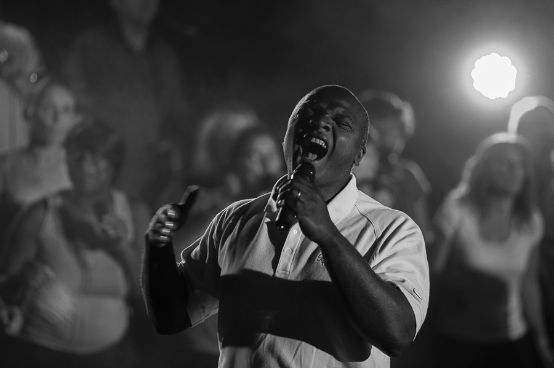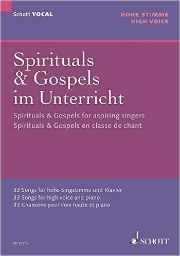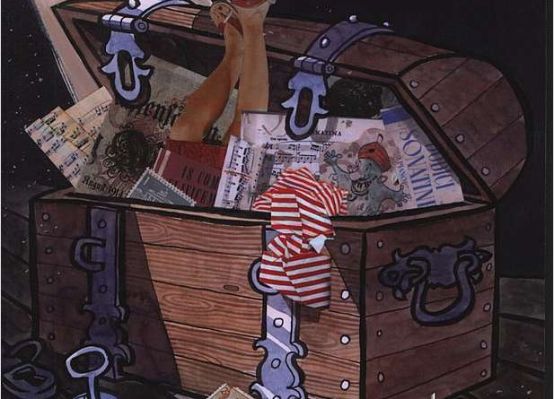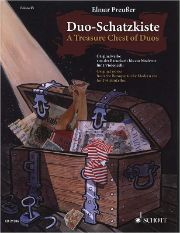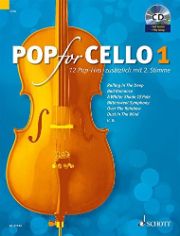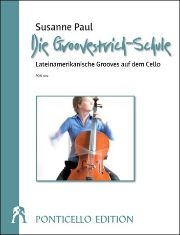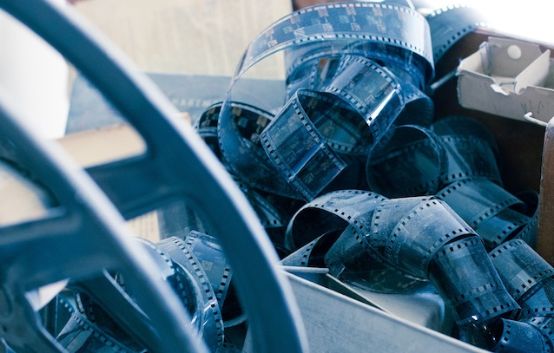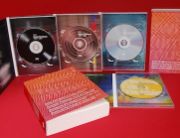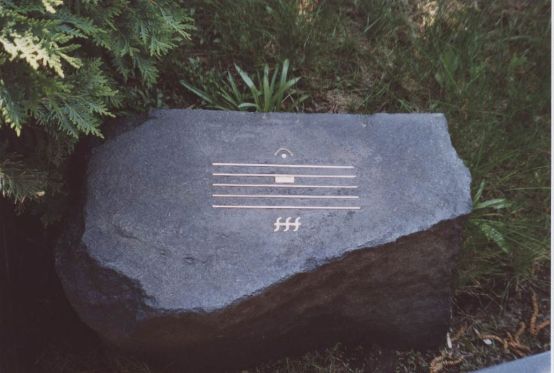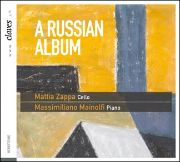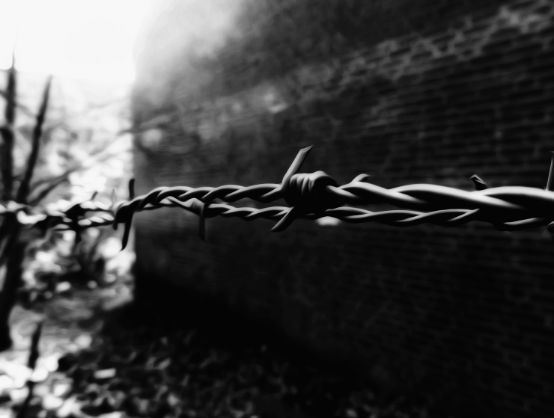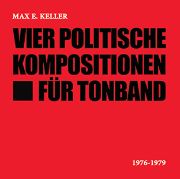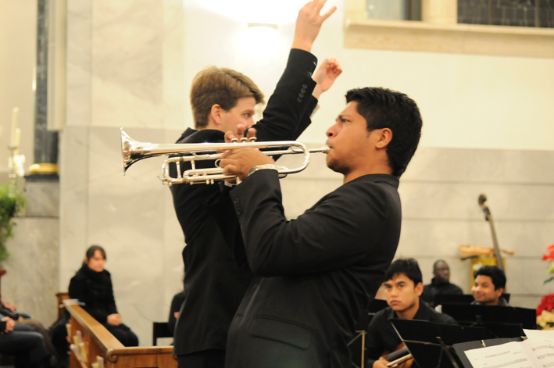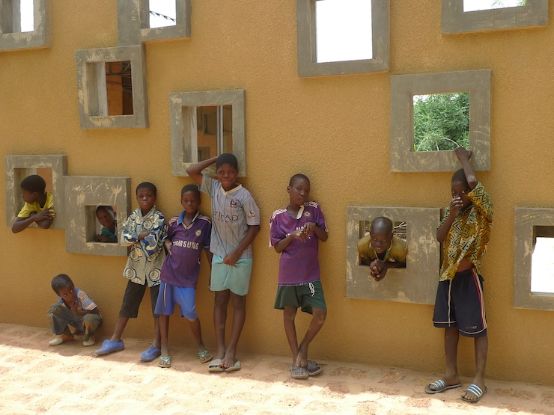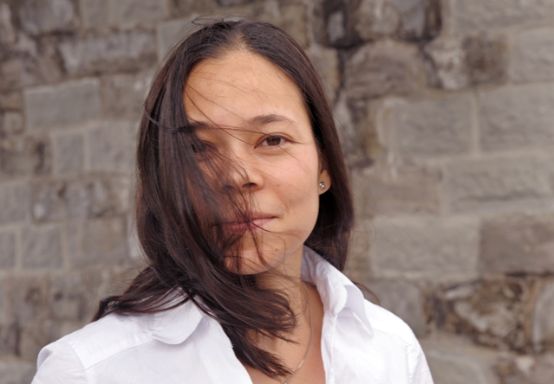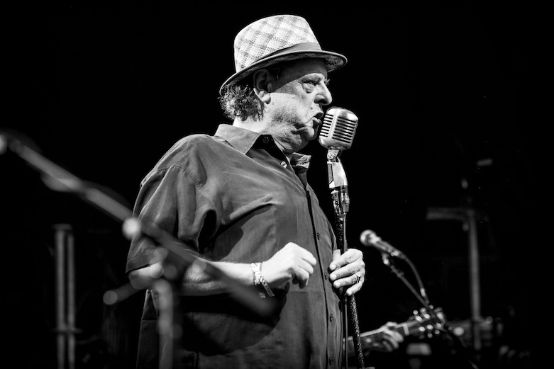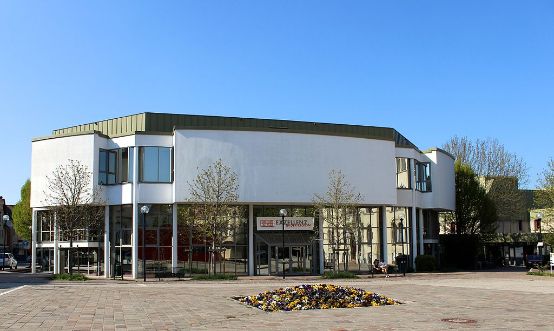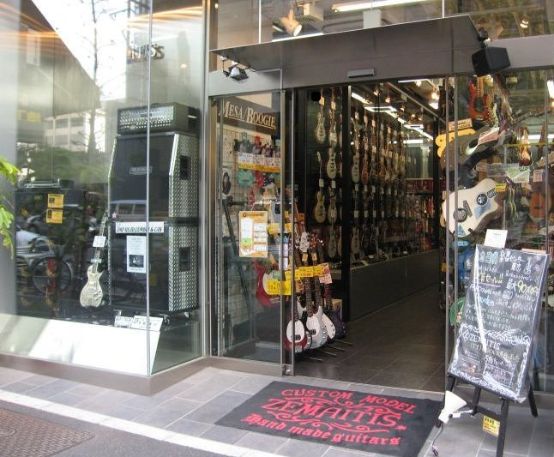The Orpheum Foundation, which celebrated its 25th anniversary in September, praises itself as a "successful sponsorship model": "For young musicians, this not only means artistic encounters at the highest level, but often also a career boost," continues the foreword to the cultural magazine Du, which published a special edition. The anniversary was celebrated at a high artistic level with four major symphony concerts in the Tonhalle Zurich, a rather unusual manifestation of sponsorship worth millions.
On February 21, 1990, the Orpheum Foundation for the promotion of young soloists was founded in Zurich by Hans Heinrich Coninx, who was for many years president of the publishing house Tamedia AG. For some time now, the Orpheum Music Festival has been held every two years, and there have been a total of twelve events of this kind. The members of the 17-member board of trustees nominate young talents for inclusion in the Orpheum sponsorship program, who can perform with a renowned orchestra and conductor in the Tonhalle Zurich.
There are therefore no unknowns to be found in the Orpheum concerts. One example this year is the 22-year-old cellist Kian Soltani, who was accepted to the Basel Music Academy by Ivan Monighetti at the age of twelve and has since studied with Sol Gabetta and David Geringas. In addition to his Orpheum concert on September 6 with the Tonhalle Orchestra under Neville Marriner, he played at the Schubertiade in Hohenems and at the Kissinger Sommer, performed with Anne-Sophie Mutter's Virtuosi and interpreted Beethoven's Triple Concerto with Daniel Barenboim's West-Eastern Orchestra. So why Orpheum when soloists are already so well established in the concert world? Howard Griffiths, Artistic Director of Orpheum Young Soloists on Stage - as the event is now called - for 15 years, says of the current situation: "The competition is extreme and only artists with a very special character and the highest instrumental ability have a lasting career."
Orpheum is therefore not about conventional talent promotion, but about further career support. The list of soloists from the last 25 years includes such illustrious names as Renaud Capuçon, Alice Sarah Ott, Martin Grubinger and Baiba Skride. However, they have all only performed once at Orpheum, which inevitably raises the question of sustainability. Griffiths explains: "We use our network to place the musicians we sponsor with other orchestras and promoters, including other concerts in Germany, Russia, Switzerland and Austria. I myself regularly invite soloists to play with the Brandenburg State Orchestra, where I am principal conductor."
To mark the anniversary, they came up with something special and presented "two generations of Orpheum soloists", to put it somewhat exaggeratedly: The 40-year-old violinist Nikolaj Znaider, who joined Orpheum in 1996 and is now an established musician, played Mozart's Sinfonia Concertante in E flat major KV 364 together with the 25-year-old violist Kyoungmin Park. It was a successful performance on 4 September in the Tonhalle Zurich, in which the confident playing of the established violist harmonized well with the sonorous sound of the up-and-coming violist. In the middle register and when changing registers, the violist still had some minor difficulties, but these were covered up by the beautiful sound of the Vienna Symphony Orchestra. Philippe Jordan was on the podium and demonstrated his class as chief conductor of the Vienna Symphony Orchestra at the end with a brilliant interpretation of Beethoven's Symphony No. 7. The name "Jordan" has a resounding tradition at Orpheum, as Philippe's father, Armin Jordan, was one of the conductors from the very beginning.
Since then, much has changed in the music business, as Howard Griffiths pointedly describes: "There are many more highly qualified musicians, both technically and musically, especially from Asia, but also from Russia, Europe and the USA. The number of competitions and festivals has also increased. However, young soloists in particular are now faced with enormous challenges due to the financial restrictions that many orchestras and cultural institutions are struggling with. There is a danger that many talented artists are not given enough opportunities to build a sustainable career." Orpheum wants to make a contribution, which now includes a cooperation with the CD label Sony, which will release recordings by the Orpheum soloists.
